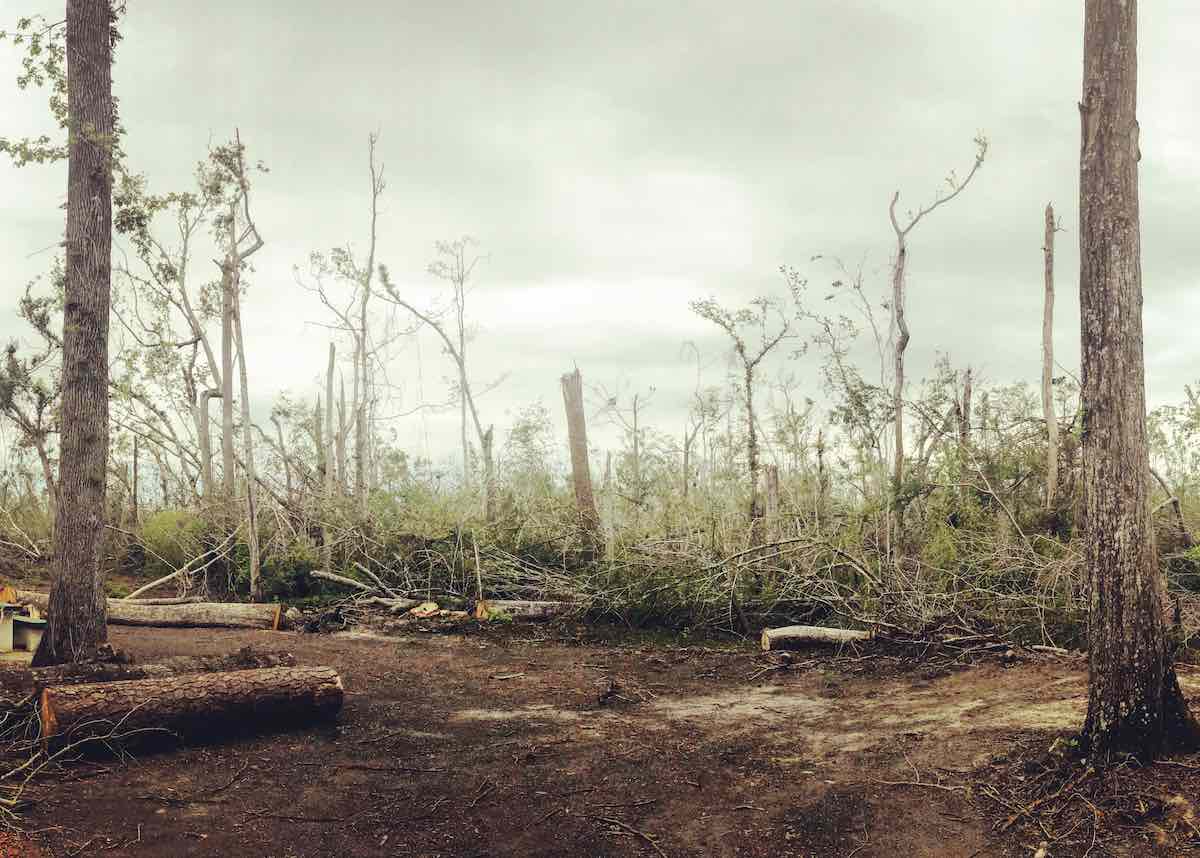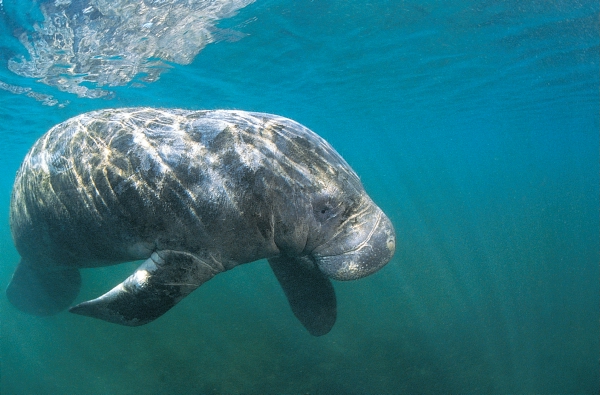Trying to Reason With Hurricane Season
4 lesser known impacts that hurricanes have on the Floridian environment

The North Atlantic Hurricane Season officially started on June 1, and like many coastal communities, Floridians know the drill. Stock up on water, canned food and batteries. Make sure your generators and chainsaws are in good working order. Figure out in advance which of your friends has the best house for a hurricane party.
While hurricanes have always been a routine occurrence for Floridians, climate change is now bringing more frequent and severe tropical weather to Florida. These storms impact not only the human population of the state, but also the unique wildlife and ecology that makes Florida such a special place.
Here are four ways that hurricanes can affect Floridian creatures and habitat.
Even freshwater fish can feel the effects of hurricanes
Hurricanes are usually thought of as an oceanic event, which eventually dissipate once they move on land. However, there can be severe impacts on wildlife even miles and miles from the coast.
Just this week, the Florida Fish and Wildlife Conservation Commission (FWC) had to close fishing for Shoal Bass on the Chipola River in the panhandle due to lingering impacts from Hurricane Michael last season. Michael absolutely hammered the panhandle, destroying businesses, ripping up homes and damaging farms and timber plots.
But shoal bass, which are so named because of their requirement for rock shoals to spawn, are highly sensitive to ecosystem factors such as hurricanes that can cause flooding and habitat destruction. The Apalachicola and Chipola River populations of shoal bass were already considered vulnerable prior to Hurricane Michael, and so the FWC’s decision to close that Chipola fishery wisely aims to protect an already precarious resource.
Hurricanes can pick up harmful algae and deposit it in other parts of the state hundreds of miles away
2018 saw the worst Blue Green algae blooms on record in Florida, and some of the worst red tide blooms in recent memory. The blooms were responsible for massive fish kills and huge losses of sea turtles, marine mammals, sea birds and shellfish. The impact to tourism revenues in southwest Florida alone exceeded $90 million. Tropical Storm Gordon which plowed through the Gulf of Mexico in September of last year caused the red tide event in Southwest Florida to intensify, according to the National Atmospheric Administration (NOAA). And after Hurricane Michael took a similar route through the Gulf, incidents of red tide in the panhandle began to intensify.
While the data has not conclusively drawn whether Hurricane Michael was responsible for bringing red tide to the panhandle in 2018, NOAA determined that a harmful algal bloom off the coast of southwest Florida in 2005 was carried up to the Florida Panhandle during Hurricane Katrina.
Hurricanes can cut new inlets in barrier islands, altering beaches and coasts for centuries
In southern Pinellas County in the Tampa Bay area, Shell Key is an untouched, unspoiled little bit of wilderness in an urban setting. Its beautiful white sandy beaches are littered with seashells (hence the name) and form a barrier between the open gulf and the inshore grass flats. When Hurricane Irma churned up the Florida peninsula in 2017, Shell Key was cut in two and a new pass was formed, connecting the Gulf and the flats and providing a new inlet for fish and other wildlife to reach the backcountry.
The creation of Irma Pass on Shell Key is a testament to the ephemeral nature of Florida’s sandy barrier islands. Looking around the state, countless inlets and passes were born in a similar way—the 1848 Tampa Bay Hurricane alone created New Pass in Sarasota, John’s Pass in Madeira Beach, and Stump Pass in Englewood, all of which still exist to this day.

The storm surge and reverse storm surge can strand critters like manatees in strange places
Manatees are some of Florida’s most beloved and iconic inhabitants. These gentle sea cows with their massive paddle tails roam Florida’s coasts grazing on sea grass, captivating locals and tourists alike with their charm.
But manatees can find themselves in trouble when hurricanes bring storm surge, floods, and reverse storm surges to Florida waters. Like anybody, these creatures often seek shelter when the winds and waves pick up, and the tumult can be disorienting leading to manatees showing up in some strange places.
In Crystal River, seven manatees made it into a lake on a golf course during Hurricane Hermine in 2016. As the storm subsided, water levels dropped, and the manatees soon found themselves stuck—they were freed by volunteers and the FWC.
When incoming Hurricane Irma was making way for the peninsula the reverse storm surge sucked all of the water out of Tampa Bay, leaving several manatees lying high and dry on their bellies. Since they breathe air like all mammals, they were fine until the water refilled the bay as the hurricane passed—but nevertheless it was a stressful experience for the manatees and a distressing sight to many Floridians.
So keep in mind as hurricane season gets underway this year that it’s not just us humans who are impacted by hurricanes—the beautiful coasts and amazing creatures that make Florida one of the most special places on earth are also at risk. Ocean Conservancy works year round to make sure that Florida’s ocean and coasts are protected forever—won’t you join us?